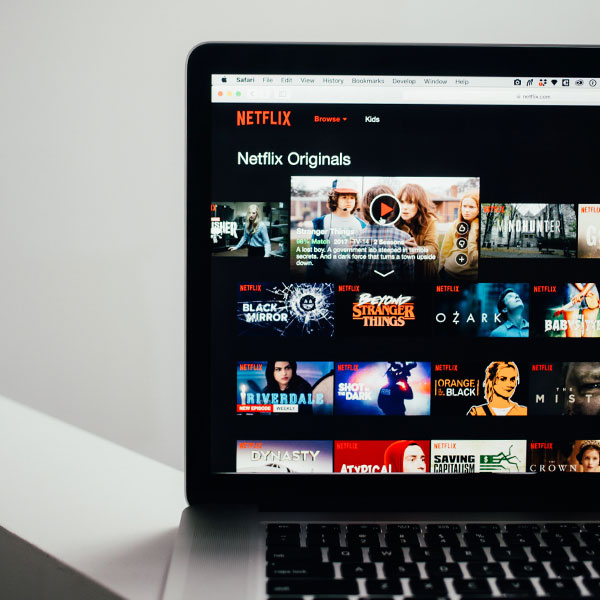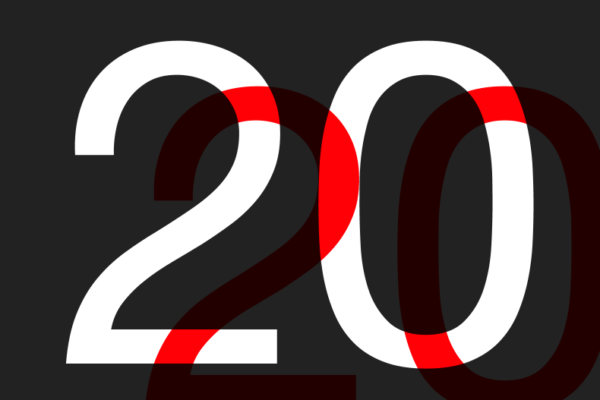Thinking
The Analyst View: Binge Culture

Even the casual observer is likely to have noticed the rotation away from the traditional linear TV model that has been building over the last few years. Specifically, cable and satellite providers in the United States witnessed a net decline of 6 million customers for their traditional pay-TV packages in 2019, about 7% of their customer base. The industry is estimated to currently have fewer than 80 million remaining customers. Making the picture even bleaker is that customer attrition almost doubled from the pace of 2018’s decline of 3.2 million subscribers. While the industry can seek to offset the impact by raising prices, Comcast has stated it plans to increase the average cable bill by 3.6% in 2020 up from 3.3% in 2019, this may only serve as more fuel to the irate customers abandoning live TV.
The industry’s most glaring losses have come from AT&T. The company acquired DirecTV in the summer of 2015 for a purchase price of $67.1 billion including debt, seeking to diversify and differentiate its wireless offerings. After the acquisition, AT&T boasted a pay-TV subscriber base of 26 million customers. For comparison, Netflix subscribers during the same period had just reached 65 million, highlighting that the industry disruption caused by streaming services that would play out over the next few years was already well underway. AT&T announced this summer that TV subscribers have declined to 18.4 million, at times losing over one million customers per quarter. Going from bad to worse, AT&T lost about 2 million TV subscribers in the first half of 2020, an increase from the 1.59 million lost over the comparable time period in 2019.
Consumer attention is clearly rotating elsewhere.

Consumer attention is clearly rotating elsewhere, as Nielsen reports that adults in the United States spend nearly half their day, over 11 hours, interacting with media. Streaming services are a clear answer. Netflix now boasts over 193 million paid subscribers, which is 2.5x the entire base of traditional pay-TV customers in the United States. Disney+ has seen massive growth in a compressed time frame, reaching over 60 million subscribers is less than a year (including 10 million subscribers in the first 24 hours of launch). Disney had originally targeted reaching the 60 million subscriber level by 2024. Amazon and Apple see subscription content as a critical offering to strengthen their platforms, and of course Google’s YouTube viewing is mind boggling. YouTube has over 2 billion users, about ⅓ of the internet’s population, that watch one billion hours daily on the platform. What is interesting to track is Google’s push into connected TV with the recent launch of the Google TV interface for Chromecast. Specifically, Google is pushing to increase YouTube video consumption on a TV screen, becoming a living room platform alongside Netflix, Prime Amazon, Disney+ and others.
Not every streaming service is a winner, however. Apple is still looking for its first breakthrough hit on Apple TV+, and with no back catalog the service offerings are considered slim. AT&T’s HBO Max has only attracted 4 million subscribers after its launch in the spring.
The decoupling of entertainment from its linear model roots isn’t complete, but the process is certainly well under way. Control of the platform that consumers use to access their media is of increasing importance to technology companies, and all the top companies in the Best Global Brand ranking have media investments of various degrees. Consumers can expect to be able to binge on a wide array of innovative offerings for the foreseeable future.
